Today, I’m Going to Share a Keyword with You: “Sleep Calculator”, “Sleep Cycle Calculator” .
That’s right — a sleep cycle calculator, also known as a wake-up time calculator or bedtime calculator. Under this keyword, Google search results typically show two websites. The first one, with 1.97 million monthly visits, is actually a media site bundled with a tool. But the second one, with 1.78 million visits, is the real focus of today’s article.
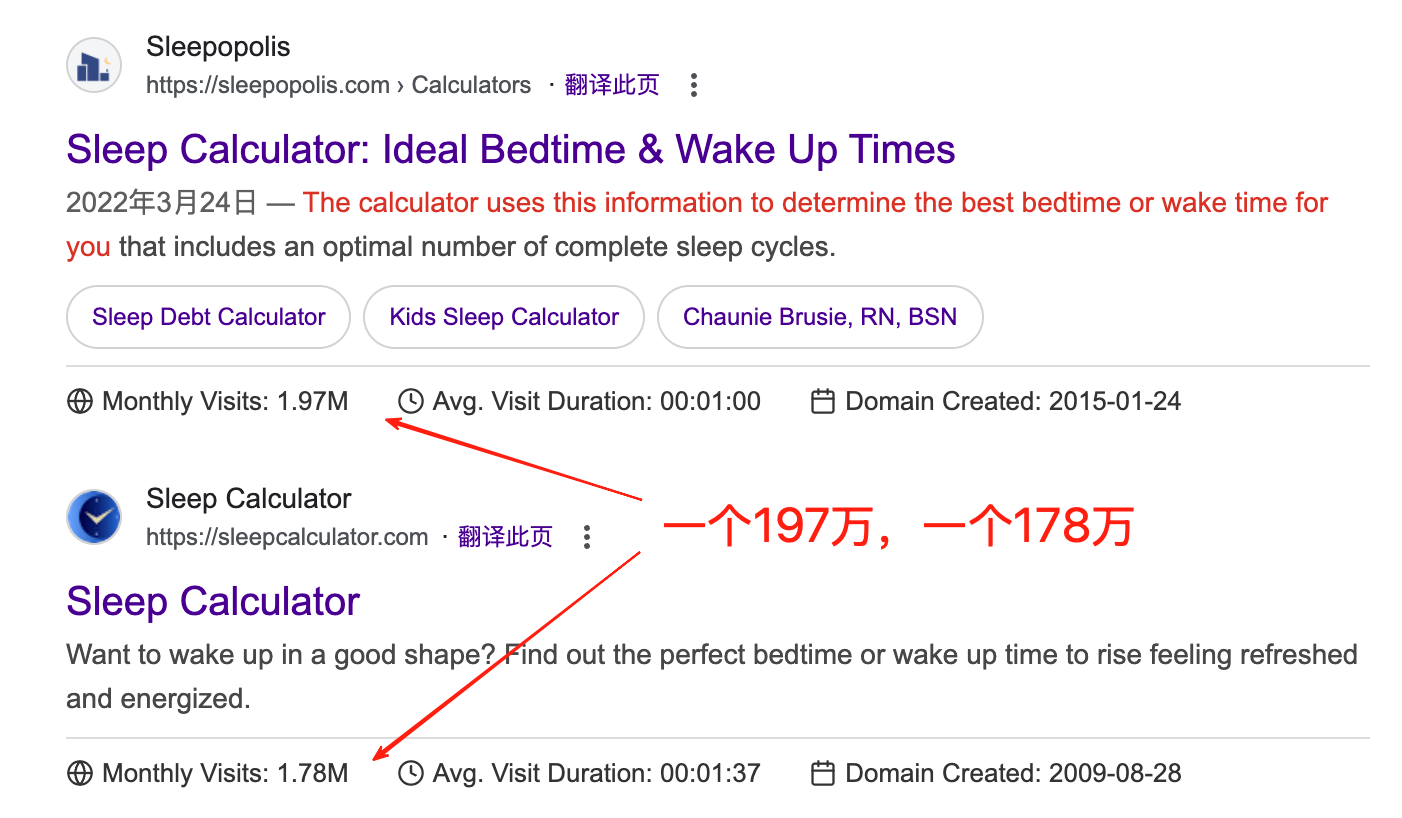
As You Can See, SleepCalculator.com Is Incredibly Simple and Straightforward It consists of only a single homepage, yet it manages to attract 1.78 million visits per month.

As you can see, the site’s interface is that simple — but also very well-crafted and polished. There’s just a logo at the top, followed by the sleep calculator tool. Yes, this is a completely front-end single-page tool built using pure HTML and JavaScript, with no backend involved.

So, What Need Does This Tool Actually Fulfill? Let me first explain the concept behind it.
Scientific studies show that for most people, it’s best to sleep in cycles of 90 minutes. That way, you’re more likely to wake up during a light sleep phase, which helps you feel refreshed and alert.
Now here’s the twist — many people, especially non-technical users, aren’t great at doing the math. Let’s say someone wants to wake up at 6:30 AM tomorrow. They need a tool to help them figure out: “What’s the best time to fall asleep tonight in order to wake up at the right point in a sleep cycle?” That’s the exact need the creator of SleepCalculator.com wanted to address.
Based on this one specific pain point, they built a minimalistic, practical tool — and it took off.
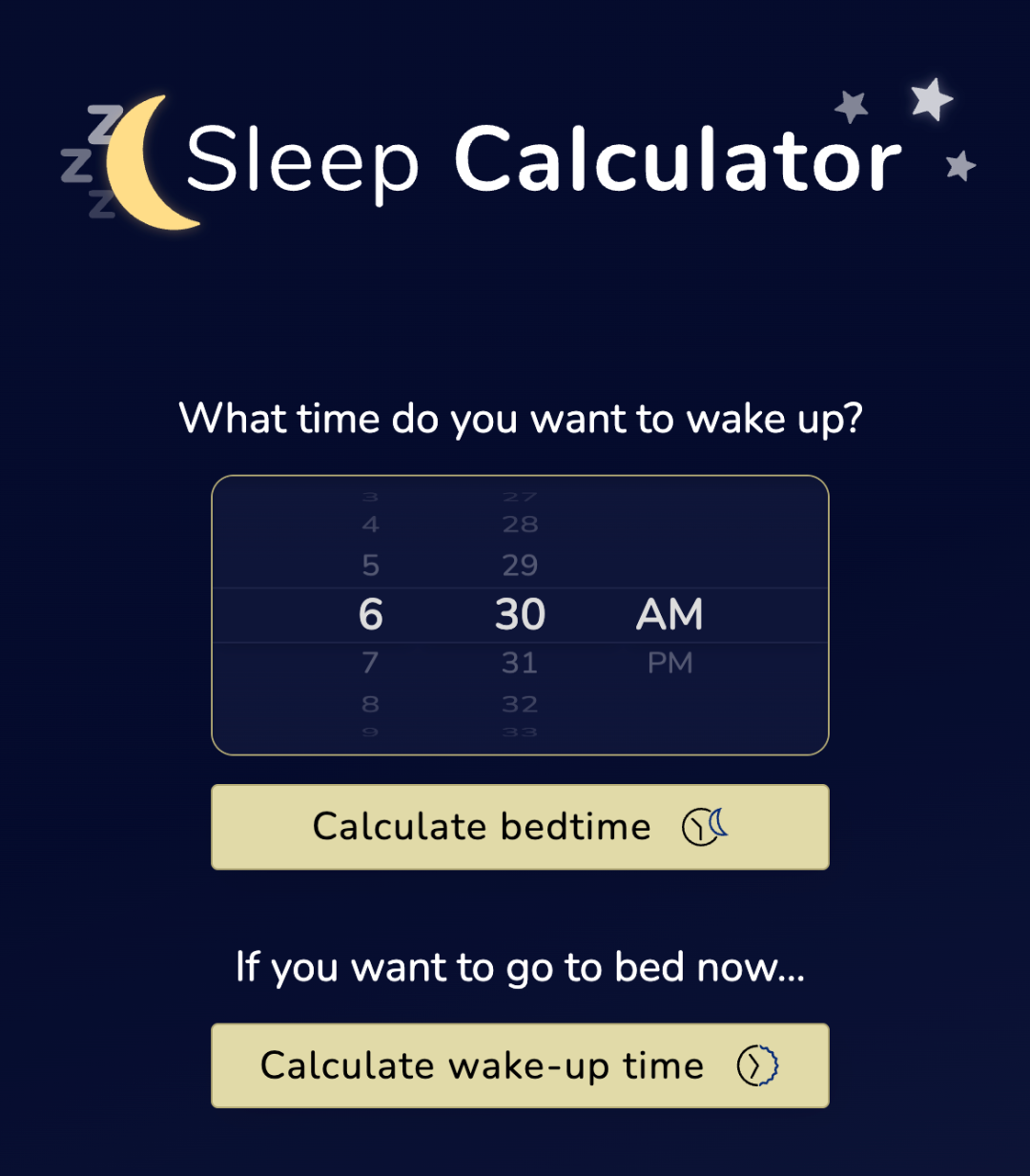
How Does It Work? It’s Incredibly Simple to Use First, you select the time you want to wake up. Then, just click the “Calculate Bedtime” button. The tool will instantly run a JavaScript-based calculation on the front end, and display several recommended times for going to bed, all based on optimal 90-minute sleep cycles.
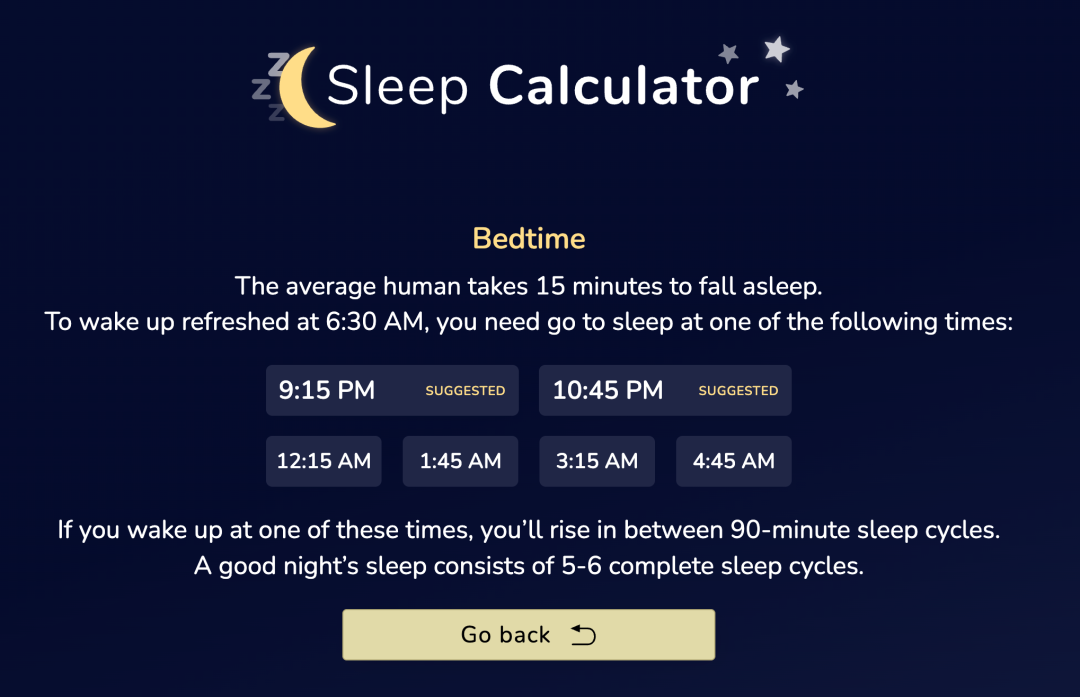
It’s also very easy to use.First, you select the time you want to wake up.Then, click the “Calculate Bedtime” button.The tool uses front-end JavaScript to instantly calculate and display several suggested times for when you should go to sleep.
It’s very simple to use: just choose the time you want to wake up, then click the “Calculate Bedtime” button. The tool will use front-end JavaScript to calculate and display a few suggested times for when you should go to sleep.

There’s also another button: if you want to go to sleep right now, it tells you what time you should set your alarm to wake up feeling refreshed.
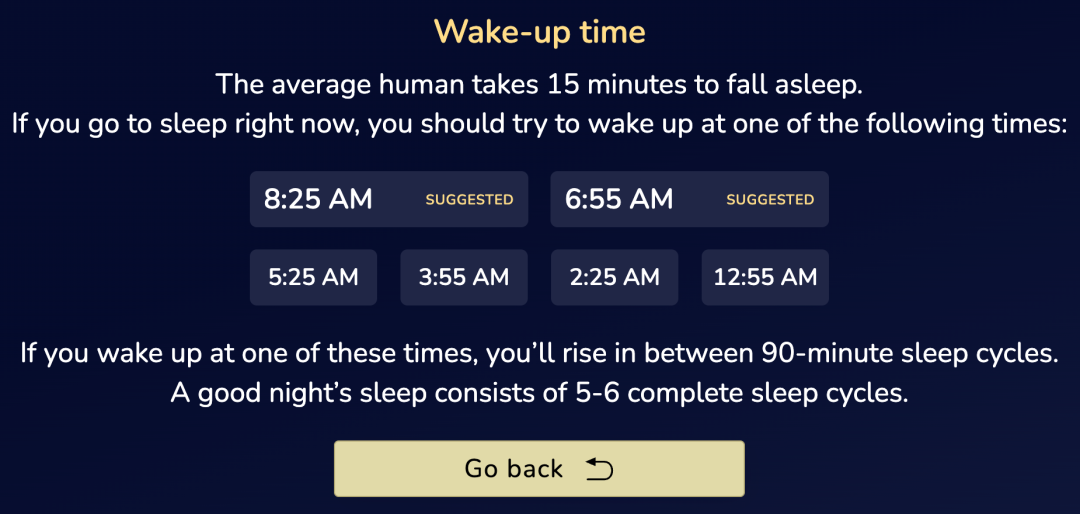
Over the past 12 months, the website has received a total of 18.68 million visits, averaging 1.55 million visits per month.

So how does this website make money? Through advertising.Earlier, I temporarily disabled the ads to take a clean screenshot for this article.But normally, there’s an ad banner displayed right below the logo.
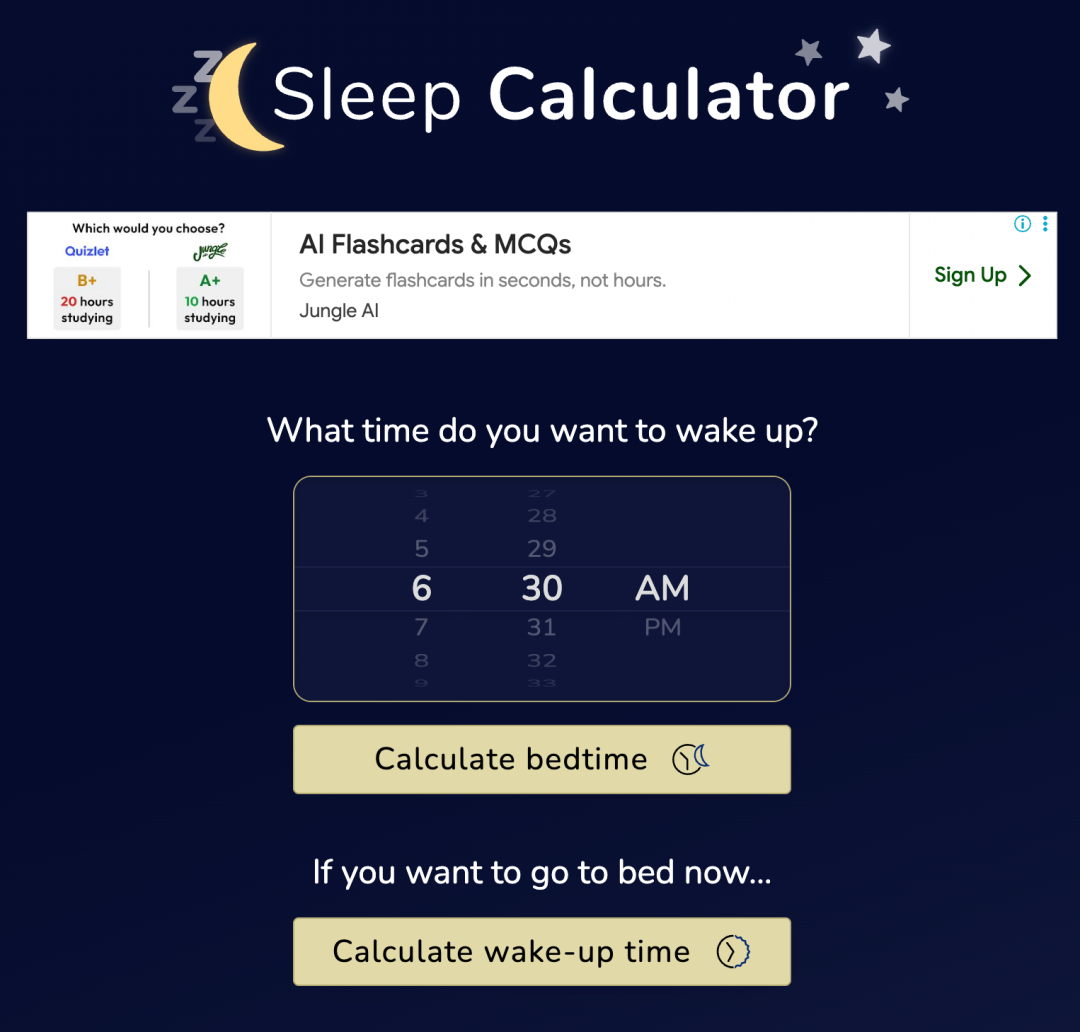
The website’s main traffic comes from the United States, but it only accounts for 15.27%, which means the traffic is distributed globally.
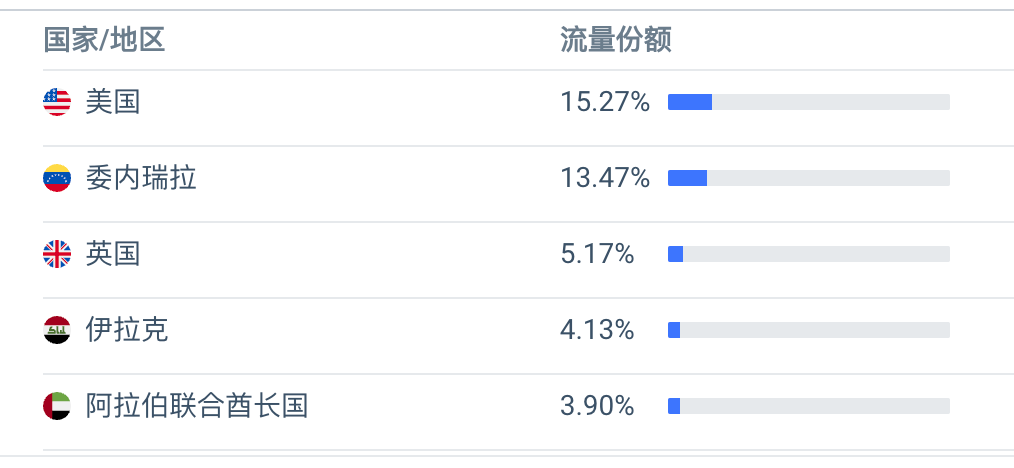
So, let’s assume an average CPM (cost per thousand impressions) of $5.
With 18.68 million visits a year, and since it’s a single-page site, that equates to 18,680 thousand-page views.
That means the estimated annual ad revenue would be:
18,680 × $5 = $93,400 USD.
This amount of income is actually **higher than the annual salary of many developers at big tech companies.
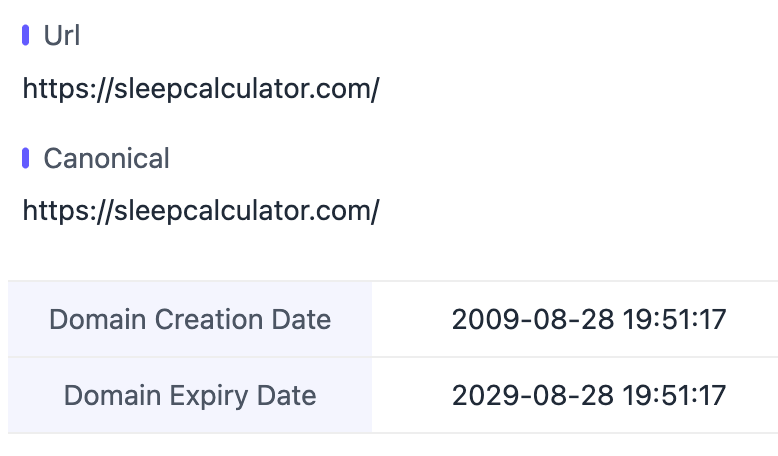
The domain was registered in 2009. However, according to Archive.org records, the website actually went live in April 2015, which means it has now been running for 10 years.
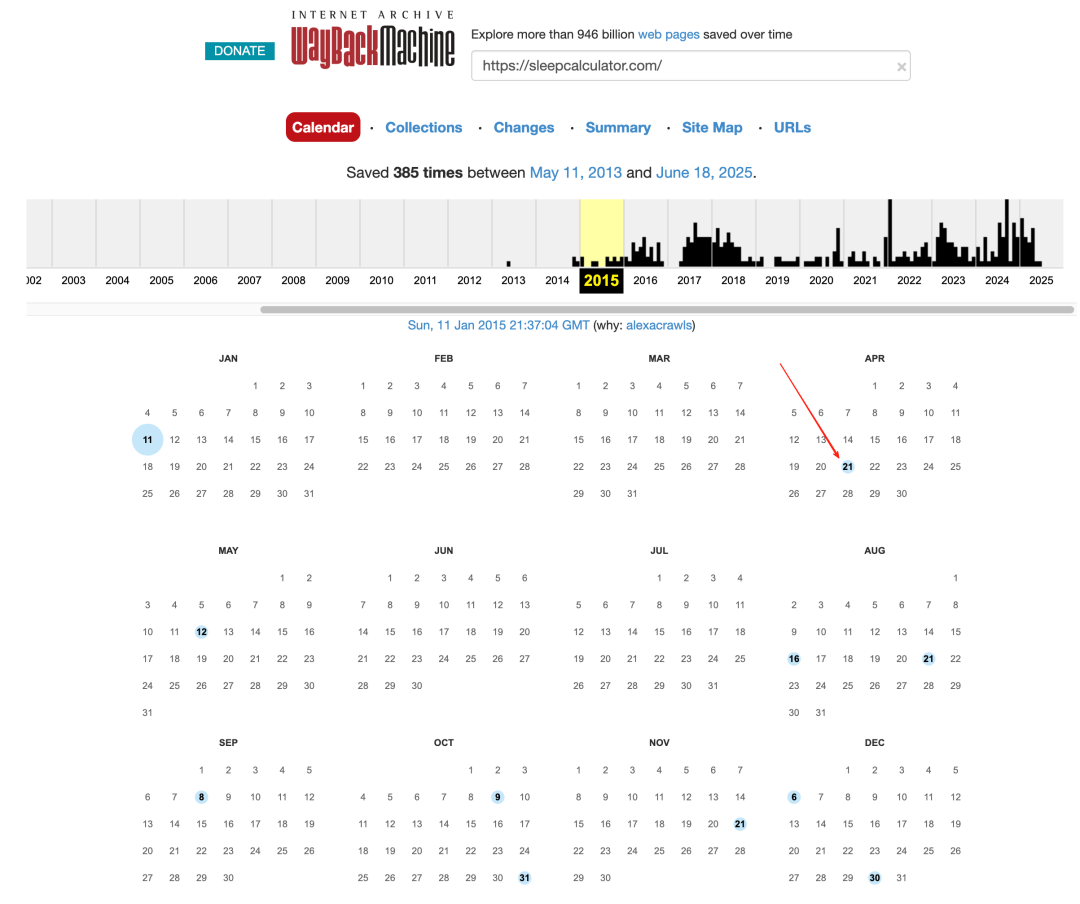
From the traffic chart below, we can see that traffic has steadily increased over time. In the beginning, it didn’t have much traffic. But as the site gained more backlinks and its domain authority improved, it gradually climbed the search rankings for relevant keywords — and the traffic followed.

The first version of the site looked like this: although it wasn’t as polished as the current version, the overall layout and interaction design were quite similar.

In other words, over the past 10 years, this website hasn’t undergone major changes. The only real updates were some front-end style tweaks, which required minimal effort.
So, this website has been quietly making money for the site owner over the course of a decade, with very little ongoing work or maintenance involved.
